Interview With Andrew Morgan: The Director of The True Cost
The film The True Cost is a story about clothing. It is about the clothes we wear, the people who make them, and the impact the industry is having on our world. The price of clothing has been decreasing for decades, while the human and environmental costs have grown dramatically. The True Cost is a groundbreaking documentary film that pulls back the curtain on the untold story and asks us to consider: Who really pays the price for our clothing?
Dana Geffner, Executive Director of Fair World Project, sat down with the Director of The True Cost to learn why this story was so important to tell and what we as consumers can do to stop exploitation in the clothing industry.
Q: Why did you decide to make this movie and tell this story?
Andrew: I do not have a background in fashion and never thought about making this kind of film. I started to become interested about the role that business plays in the world in relation to human rights, extreme poverty, inequality and environmental impact. I began to believe that solutions to our problems will invariably be through business. As a filmmaker, it was too big to tackle, and I could not get my arms around that film. Then I picked up the newspaper and read about this clothing factory collapsing in Rana Plaza [in Bangladesh] and read that, at the time of the collapse, they were making clothes for major western brands that I knew. I read this horrifying account of how something I interact with every day in my world is having this unseen impact in other peoples’ lives all over the world. That instantly grabbed me, and within a week, we decided this was a film we wanted to make.
Q: The film shows locations from all over the world. Where did you go, and whom did you interview?
Andrew: We filmed in thirteen countries. This needed to be a global film because it is one of the true major global issues of our times. It does not matter what country you live in, this affects human beings, and I wanted to make a film that went to so many places that you almost forgot where you were. So the focus is not really on the place, but rather that it is our shared home. So that took us to really rich, beautiful parts of the world. We filmed during all the major fashion weeks in London, Paris, Milan, New York and Los Angeles. It also took us all over Southeast Asia: Bangladesh, Cambodia, China, Hong Kong, Japan, India and Uganda. The focus was really on the stories of the people we followed.
We followed a twenty-two year-old garment worker named Shima Akter who works in Dhaka, Bangladesh. We followed a woman named Safia Minney, who owns a fair trade clothing company called People Tree, in London and Tokyo. And then we followed a cotton farmer in Luc, Texas named Lorey Pepper. Around those three stories we met a whole bunch of experts, from economists to really big influencers in the fashion space, and both activists and traditional designers, people like Stella McCartney and brands like Patagonia.
Q: How has the fashion industry changed?
Andrew: One of the startling facts is that the world consumes 400% more clothing right now than it did two decades ago. The world now makes between 80-90 billion new articles of clothing each year. This has created a real shift; clothing historically has been something we made with great intentionality and integrity, something we held onto our whole lives and even passed on to our children. It was something we valued.
The impacts of a global economy have allowed us to offshore labor, cut costs and produce mass quantities of clothing much more cheaply. Clothing has now become a commodity that we see as disposable, and that is really brand new in the history of fashion. It is a very modern concept to be able to buy things that are so cheap that it means nothing if they fall apart after a few wears. That volume increase and shift in mindset have turned up the dial on some already very problematic issues, making it now nothing short of a state of crisis or emergency in a lot of areas.
Q: The term “fast fashion” is talked about in the film. What is fast fashion?
Andrew: “Fast fashion” is a term that parallels “fast food” and implies that it probably is not very good for us. Fast fashion was initiated when brands began to copy design looks from runway shows. They put them through production and manufacturing at lightning speeds in order to have them in stores within weeks, and sometimes days, after they were seen on the runways.
But this supply chain is dangerously fast and precariously volatile. We are incentivizing a constant state of rush, a constant state of “How fast can we get it there?” and “What corners can we cut?” Those cut corners led to the egregious and extreme cases of human exploitation and tragedy that have recently grabbed the world’s attention.
Q: Why is fast fashion happening? Who is demanding it?
Andrew: From one standpoint, we live in a market-driven, consumer-based, consumption-fueled economy. The mandatory ingredient for our economy to grow is for consumption to be kept very high all the time. Our standard economic model only measures profit, while many of the costs that go into making things are unseen. We do not factor in the use of natural resources, like water and other resources that are increasingly scarce in parts of the world where things are being made. People want to buy the cheapest things. As consumers, we judge products on whether they look good and are cheap. So, in that regard, the market incentivizes the lowest-quality product.
We can also look at it in another way – a lot of essential items have become more expensive, like insurance, homes, a college education and healthcare, while other things have become less expensive, like clothing. So when my life feels less in my control, I can find therapy in buying something super-cheap. So, as the middle class gets squeezed an
d is unable to control the prices of these essential items, then there is a natural movement towards feeling in control by buying these cheap pieces of clothing.

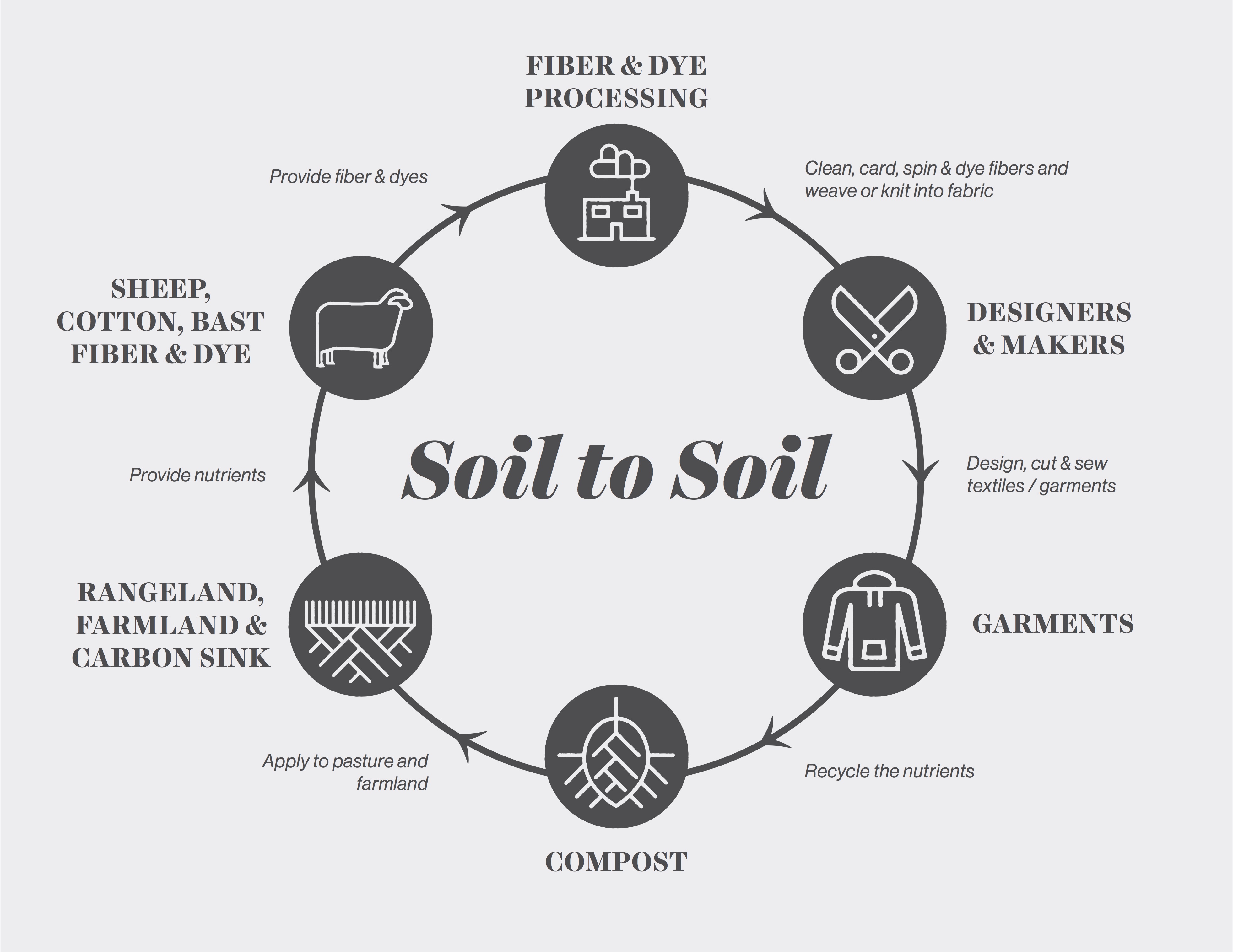
 Photo: Modeling regenerative fashion with the Grow Your Jeans project, by Paige Green Photography.
Photo: Modeling regenerative fashion with the Grow Your Jeans project, by Paige Green Photography.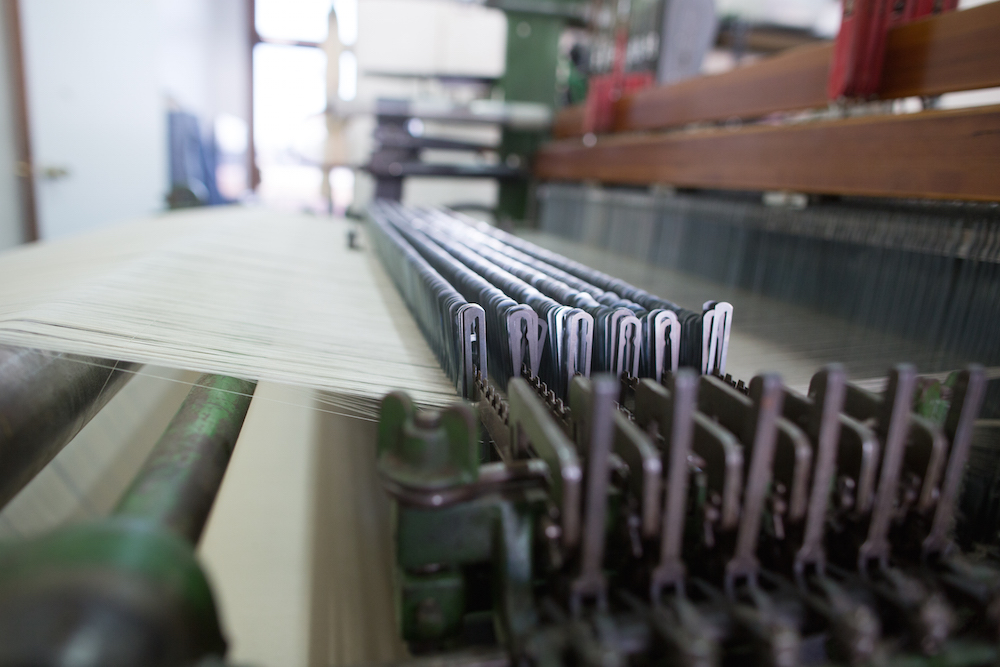 Photo: regional supply chain partner and Fibershed member Huston Textile Co., by Paige Green Photography
Photo: regional supply chain partner and Fibershed member Huston Textile Co., by Paige Green Photography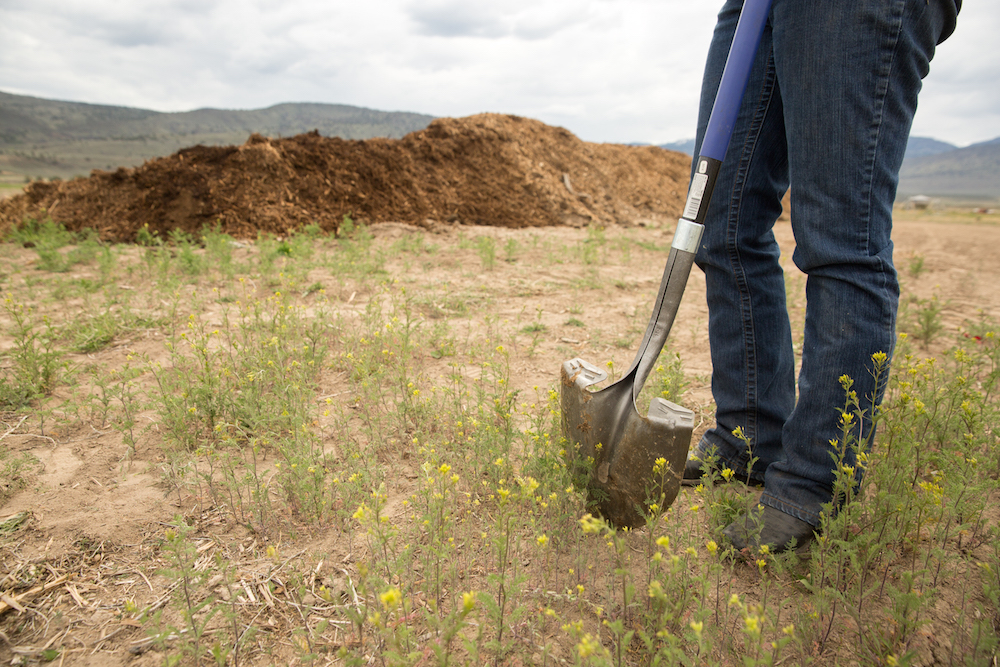 Photo: rebuilding soil with compost application, by Paige Green Photography
Photo: rebuilding soil with compost application, by Paige Green Photography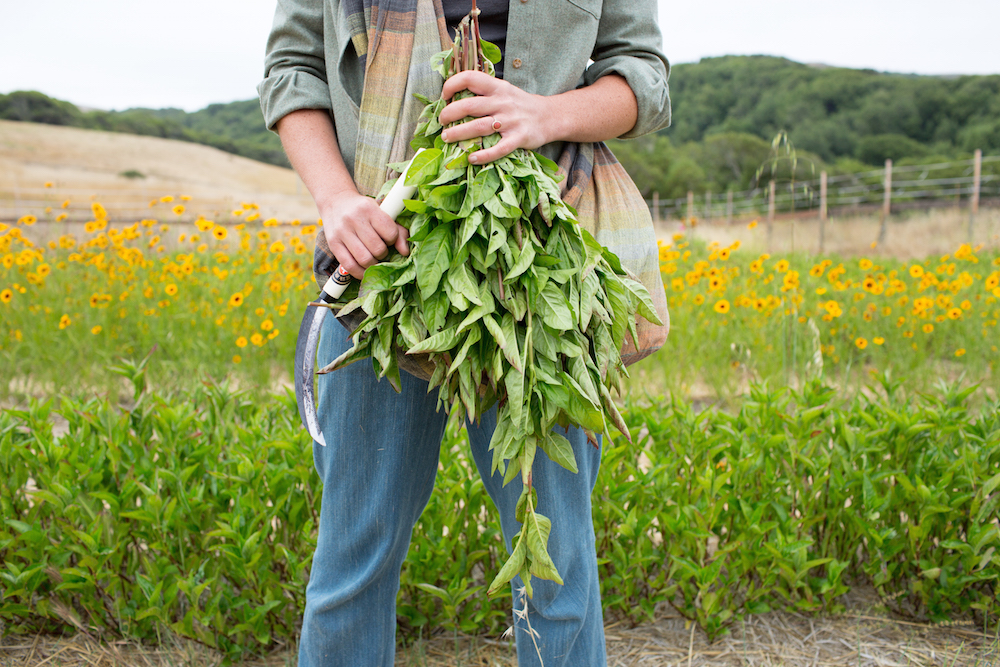 Photo: in the indigo research plot, harvsting regional natural dyes, by Paige Green Photography
Photo: in the indigo research plot, harvsting regional natural dyes, by Paige Green Photography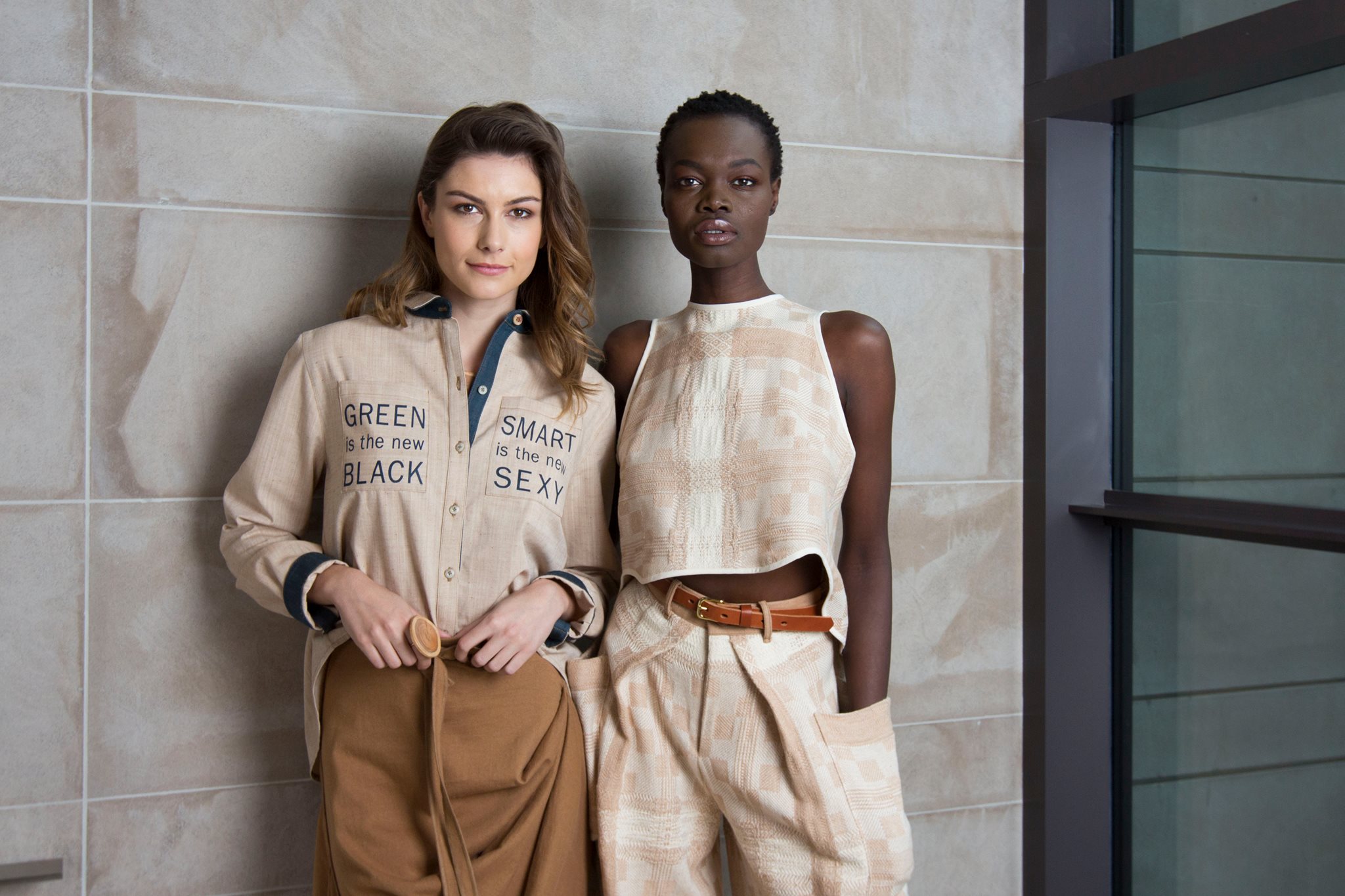 Photo: Peggy Sue Collection 2017, via
Photo: Peggy Sue Collection 2017, via